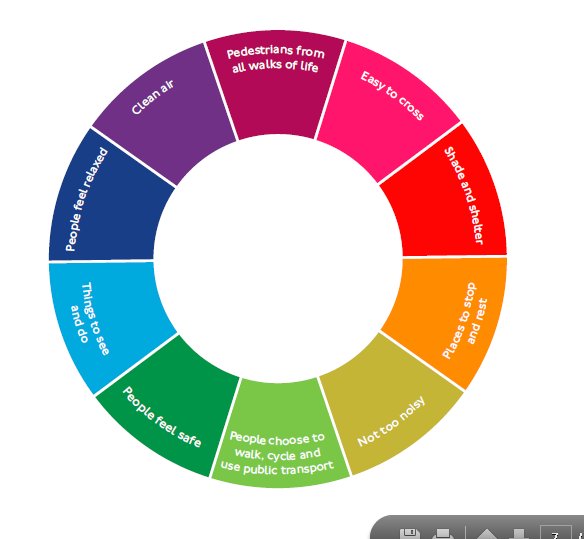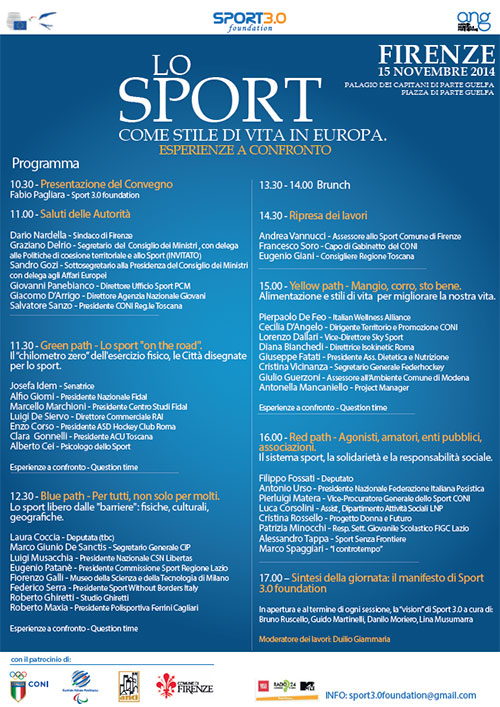In my opinion, the simple action of walking should become one of the main challenges of our near future. A sedentary lifestyle has certainly become the most widespread activity in our world dominated by machines and technology. We also know very well the damage caused by a sedentary lifestyle. Moving has become so important, as well as being not very often sufficiently practiced, so that smartwatches remind us of it imperatively every hour.
How much we walk has been showed by a research:
In USA, Americans take 5,117 steps a day, a distance of approximately 2.5 miles. That’s a significant shortfall compared to the averages in Western Australia (9,695), Switzerland (9,650), Switzerland (9,650) and Japan (7,168).
“It is interesting that these step counts are only about one-third of the values measured for men and women living in an Old Order Amish farming community in Ontario, Canada. Assuming that the labor-intensive farming lifestyle of the Amish reflects that of most North Americans in the mid-1800s, this suggests a marked decline in ambulatory activity over the last century and a half.”
Personally, I have an annual average of 11,988 steps a day, equal to 9,420km.








